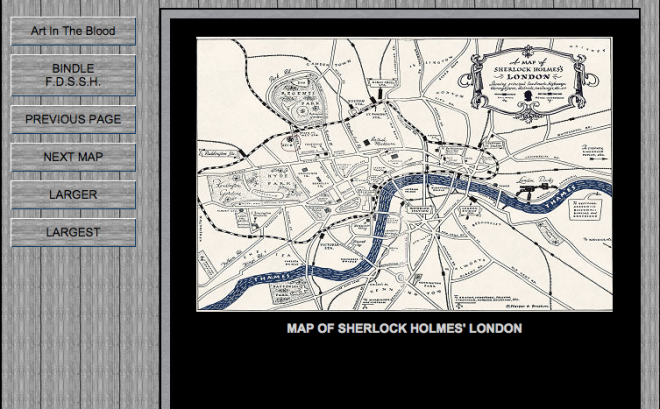From taking this course, we sure have looked at a lot of different digital humanities projects! From looking at them at the surface to learning how some of them were made, a few very important aspects of some of my favorite examples exhibited the qualities of a good DH project!
Accessibility

A good DH project must be able to easily be found. This includes the project’s web address being something memorable or easy to search on Google so we can access the project right away if we need to. One way that scholars can make their projects more accessible would be to include an SEO-friendly (Search engine optimized) title as well as many relevant tags that will enable search engines to locate the right page.
User Friendly
As saucy as this may sound, a project must be easy on the eyes! In other words, working with fonts, color schemes and site layouts can really add to the professionalism and visual appeal to a project, thus making people more inclined to read/ view more of all of your hard work! If a website is really difficult to navigate, it can be very frustrating for users.

Human Interest
Delving into a project based off of a personal interest is fantastic, but it also helps to choose a project on a topic that would appeal to a large array of people, such as students or scholars. If a project topic is too oddly specific to just one idea that not many people know about or not many people are effected by, I’m not so sure that it would necessarily be considered a good project. However, just because something is not commonly known does not mean that it will not interest people!
Collaborative Effort

A successful DH project is most commonly supported by its various staff members behind it. For example, in Locating London’s Past, a staff of educators, design experts, planners and historians were all behind the same project – and this factor, in my eyes, is what made it so interesting and humbling at the same time! Although these people were generally from the same area, all of their paths crossed due to their expertise in one field that was then built upon by the next member and so on. As any student who has had the misfortune of being stuck in a less than productive group for a group project, I can only imagine that this collaborative effort, while very useful, also could have become a large source of stress because so many people were involved.
Well-Researched, Accurate Data
This last quality is probably the most important one from my condensed list. Everything that is included in a DH project must be true – this means checking, double checking and triple checking information and also retrieving it from reputable sources, whether it be from a scholarly study or an online database such as the Old Bailey Proceedings database. If information compiled within a DH project is incorrect, the entire project could be at stake and all of one’s hard work could be invalidated by the presence of incorrect information.
How can DH projects spark scholarly questions?
One of the most prominent of DH means that interests me the most is trends in data. If a DH project presents an issue such as a statistic involving crime, health, poverty etc., as a journalist I am very interested in the history behind the issues. What does this mean? Why is it important now? How were things different five years ago? Ten years ago?
Through the digital means of DH, we are easily able to seek out answers to these questions at the click of a mouse. We are not only utilizing the technology that we have for information, but getting in-depth analysis of the data that has been retrieved by means of people all around the world with more advanced technologies in their possession than us. By discovering a DH project, we are not only learning about the specific topic but also the amazing tools that were used to put it together in the first place. By becoming more aware of these technologies, scholars can then inquire just how these means work, where they come from, how much they cost, what else they can be used for and also how they were utilized for a specific project.
The connection that DH creates between educational professionals, students and scholars is a very broad but intriguing relationship. Instead of spending hours in a library doing research on a topic, students are able to look into a DH project on the same topic that someone halfway across the world had put many years of hard work into. And the amazing thing about that relationship is that we, as students in a DH class, have the potential to spark inquiries and views from scholars from halfway around the world with our final projects as well! A thought that is very exciting and promising.
Excellent explanation! Very well written, you are such a great author. http://telkomuniversity.ac.id